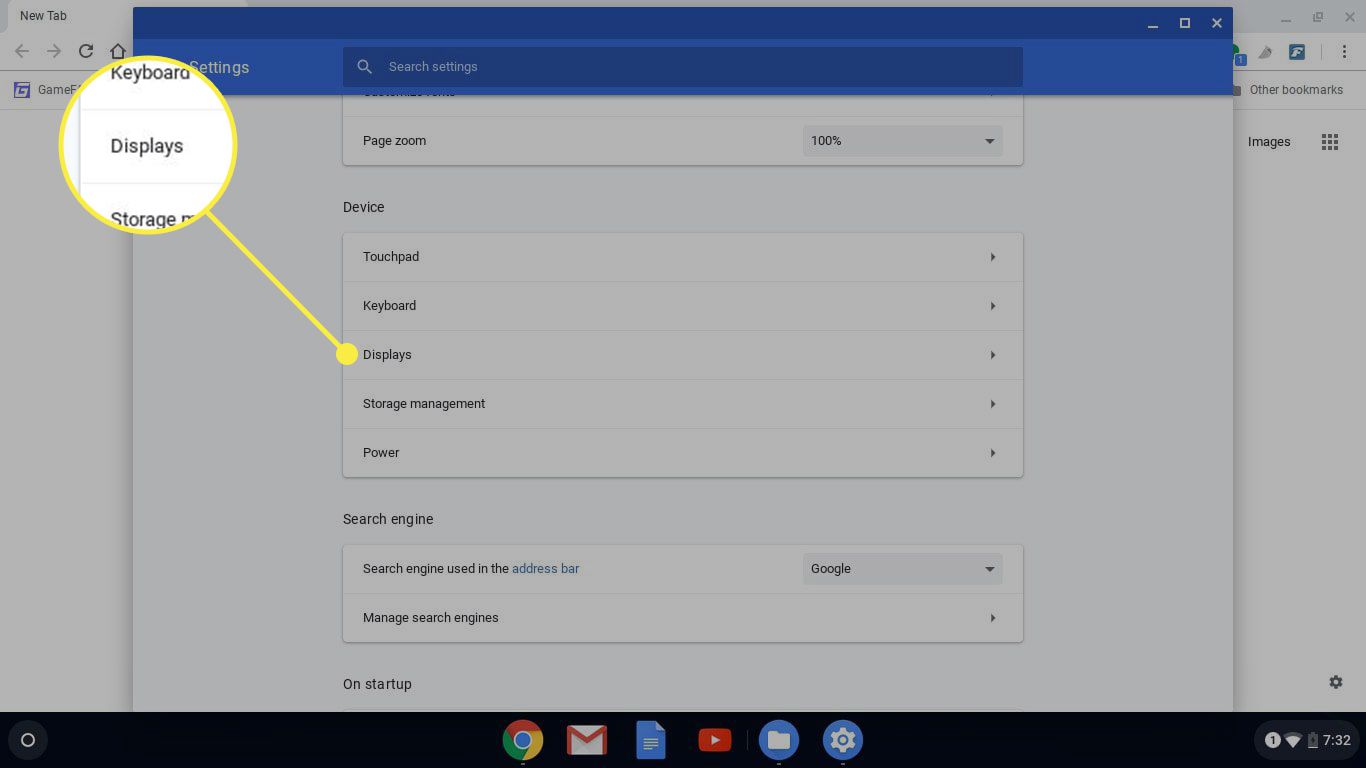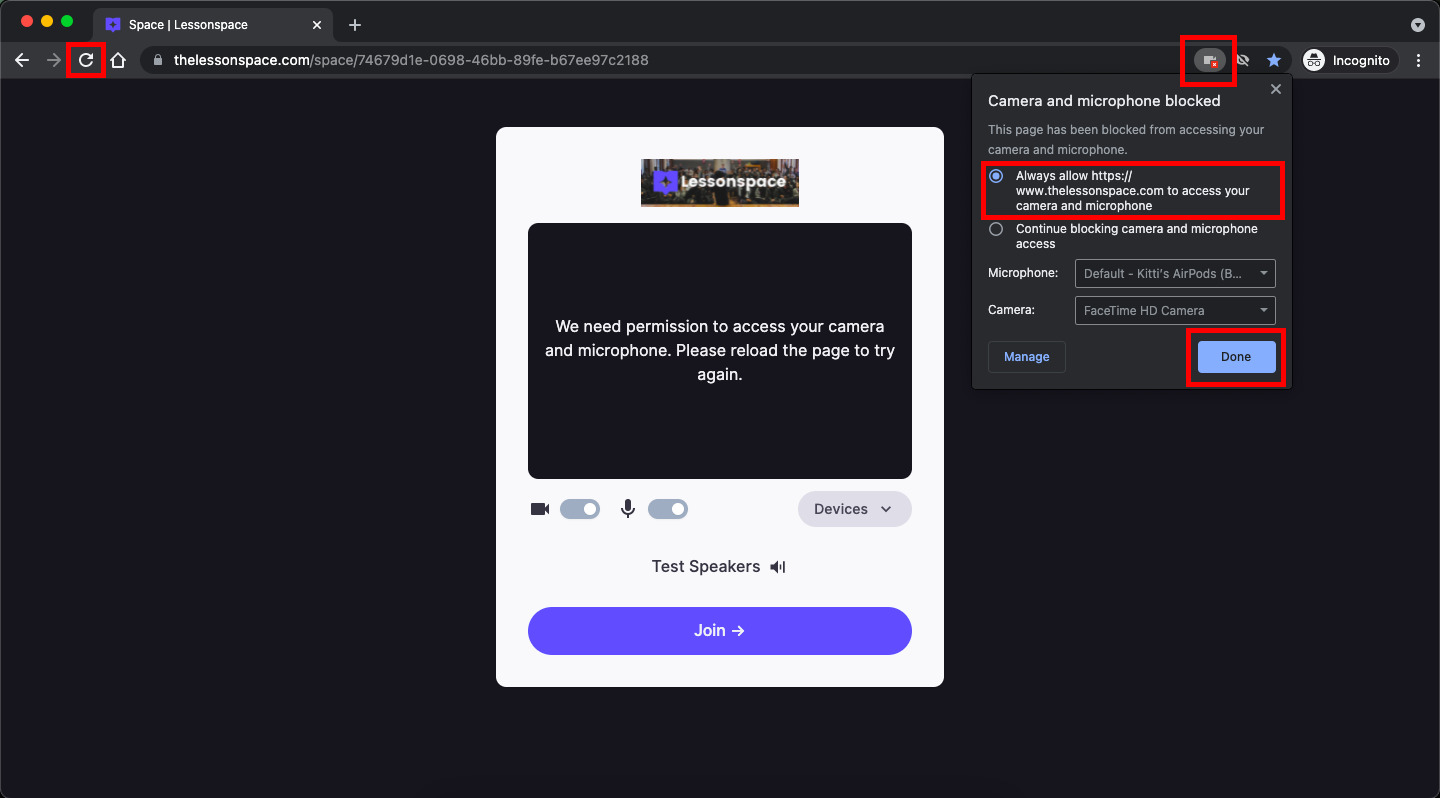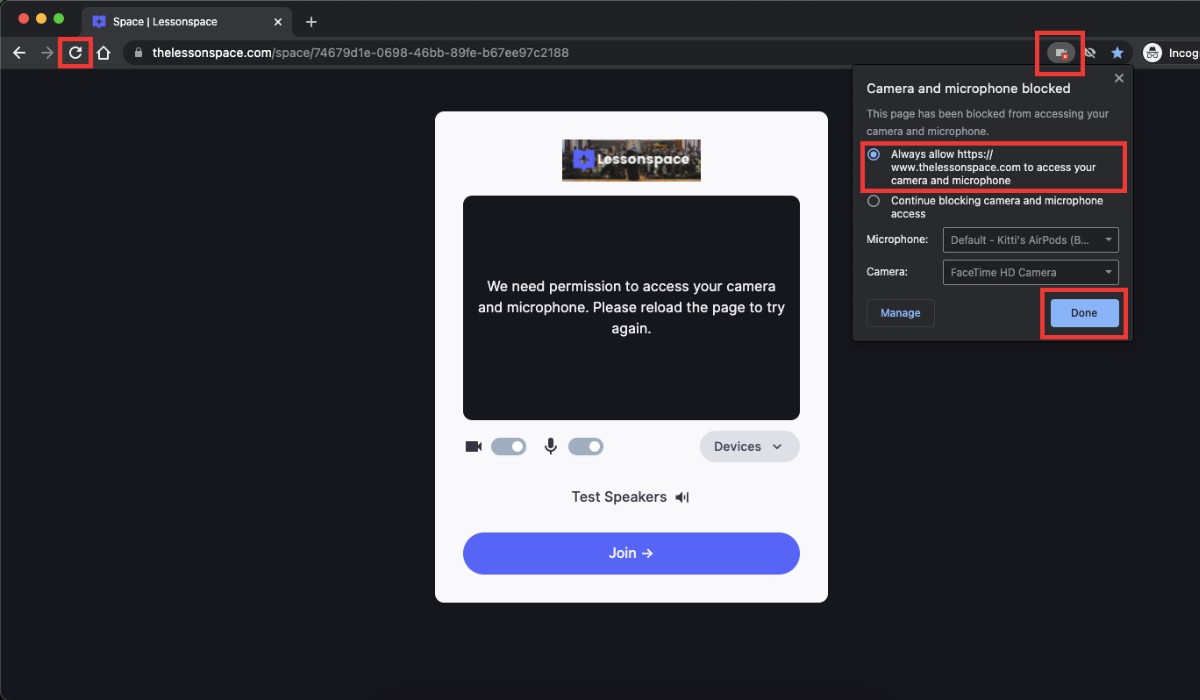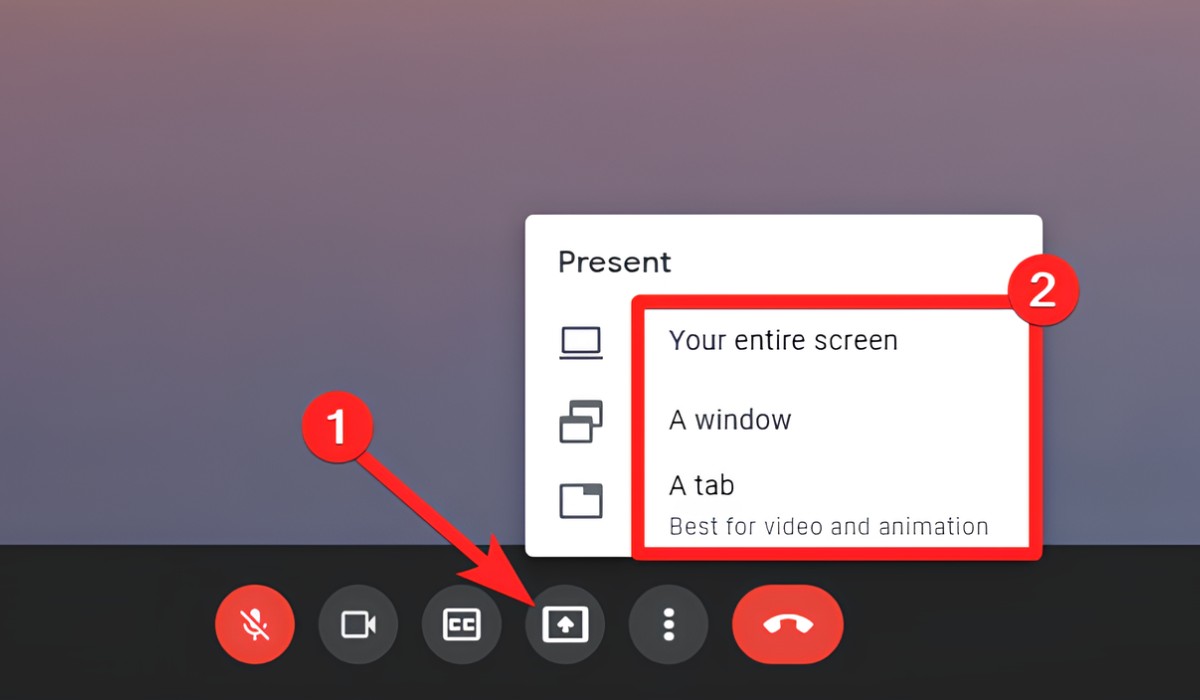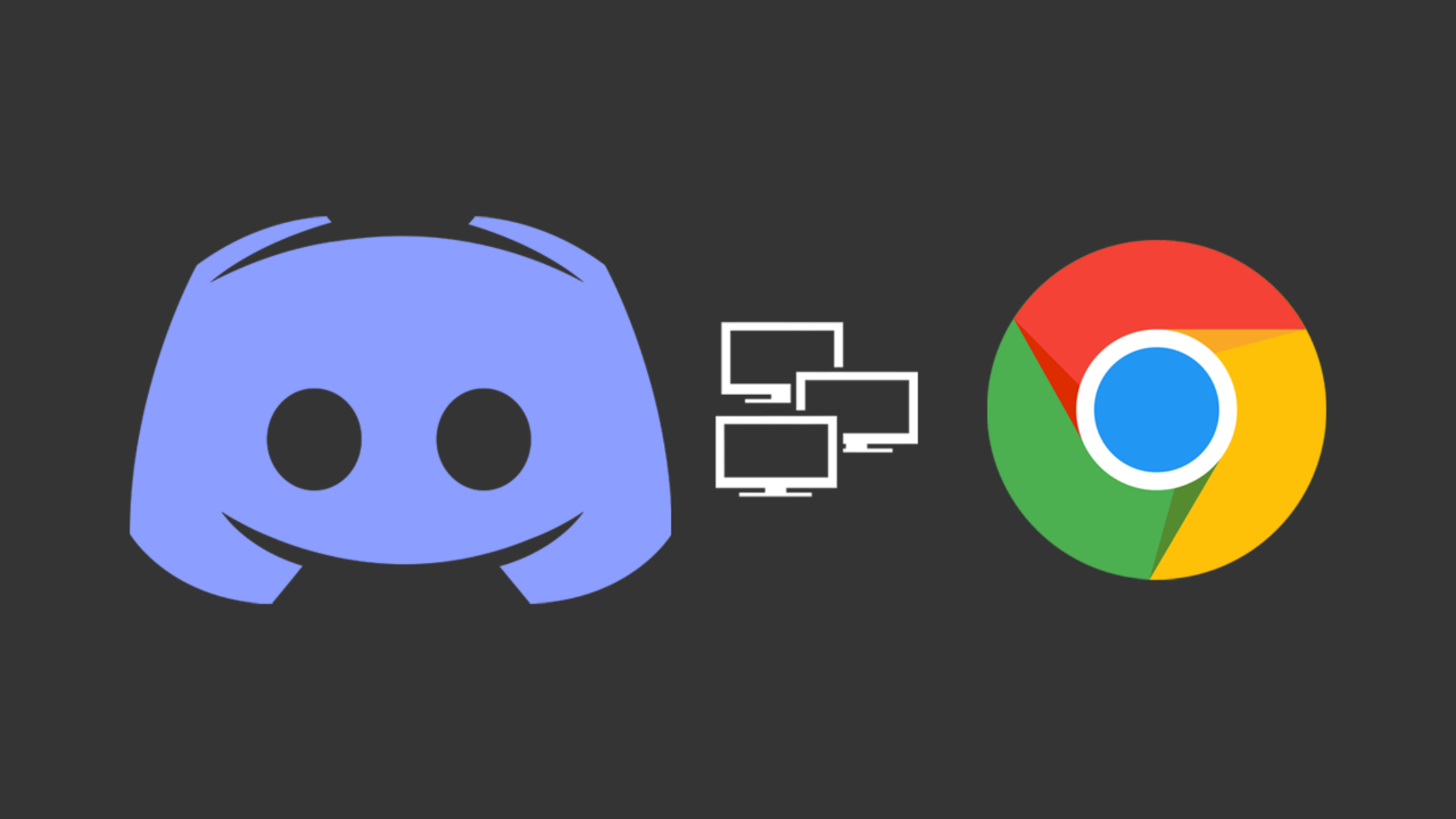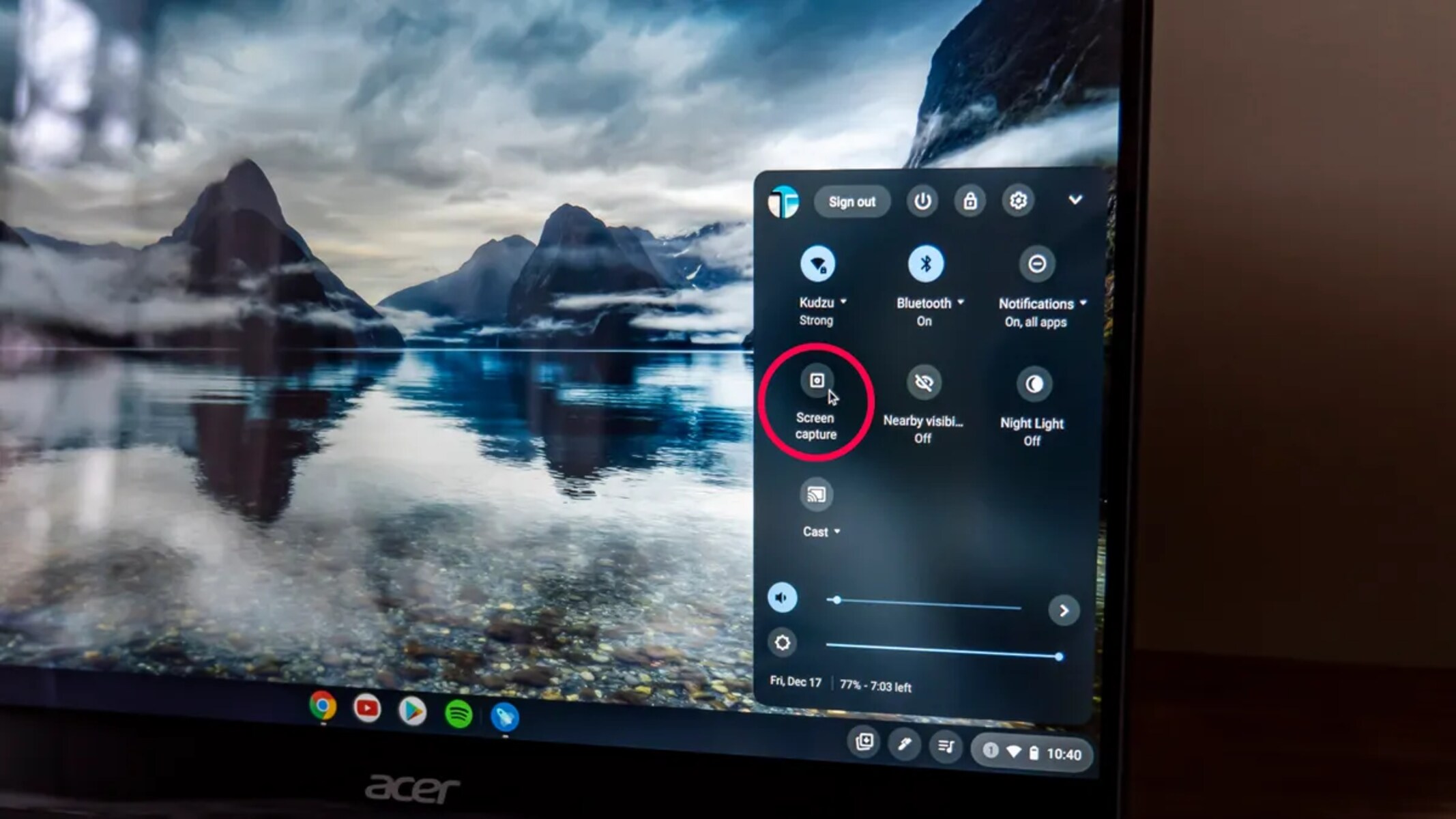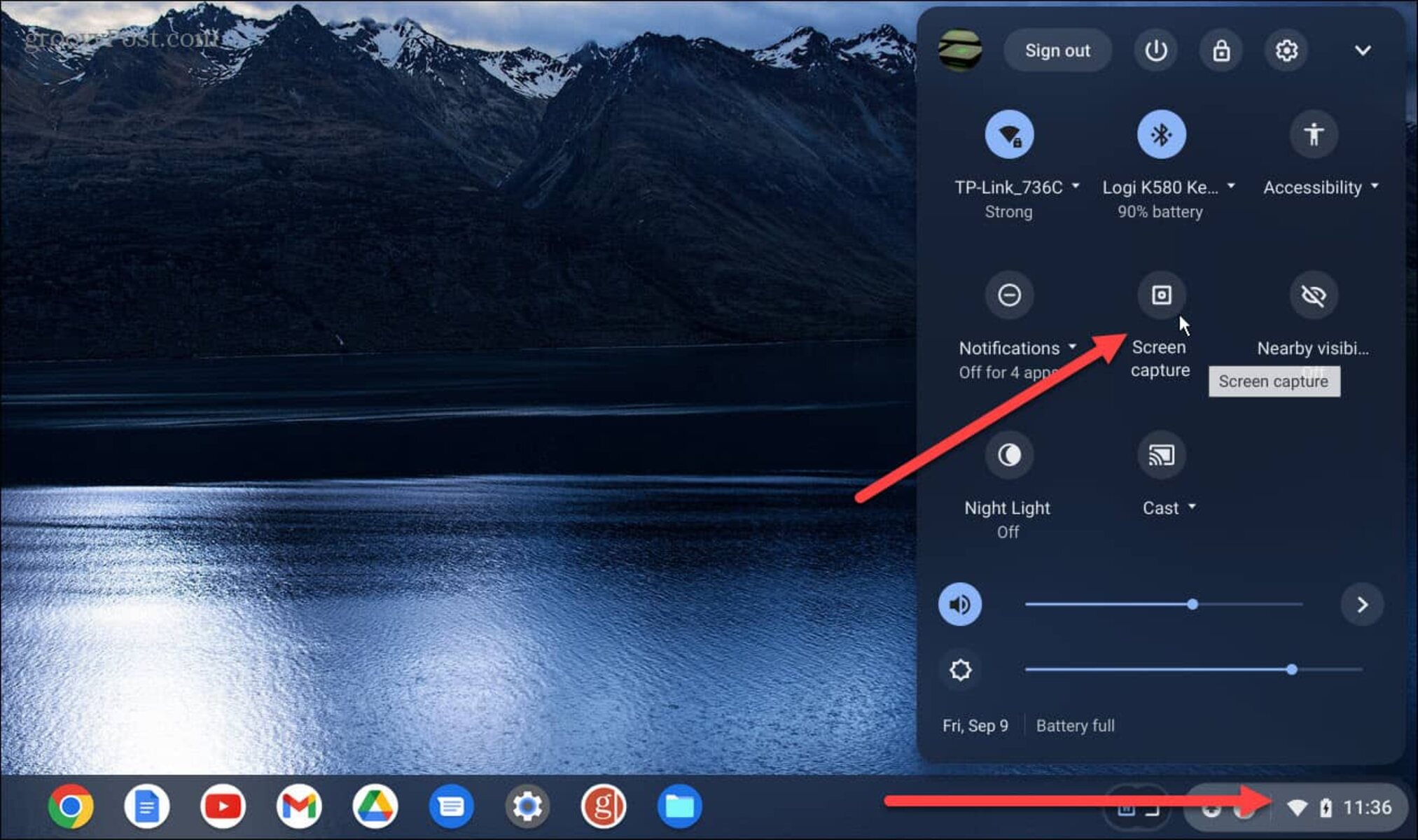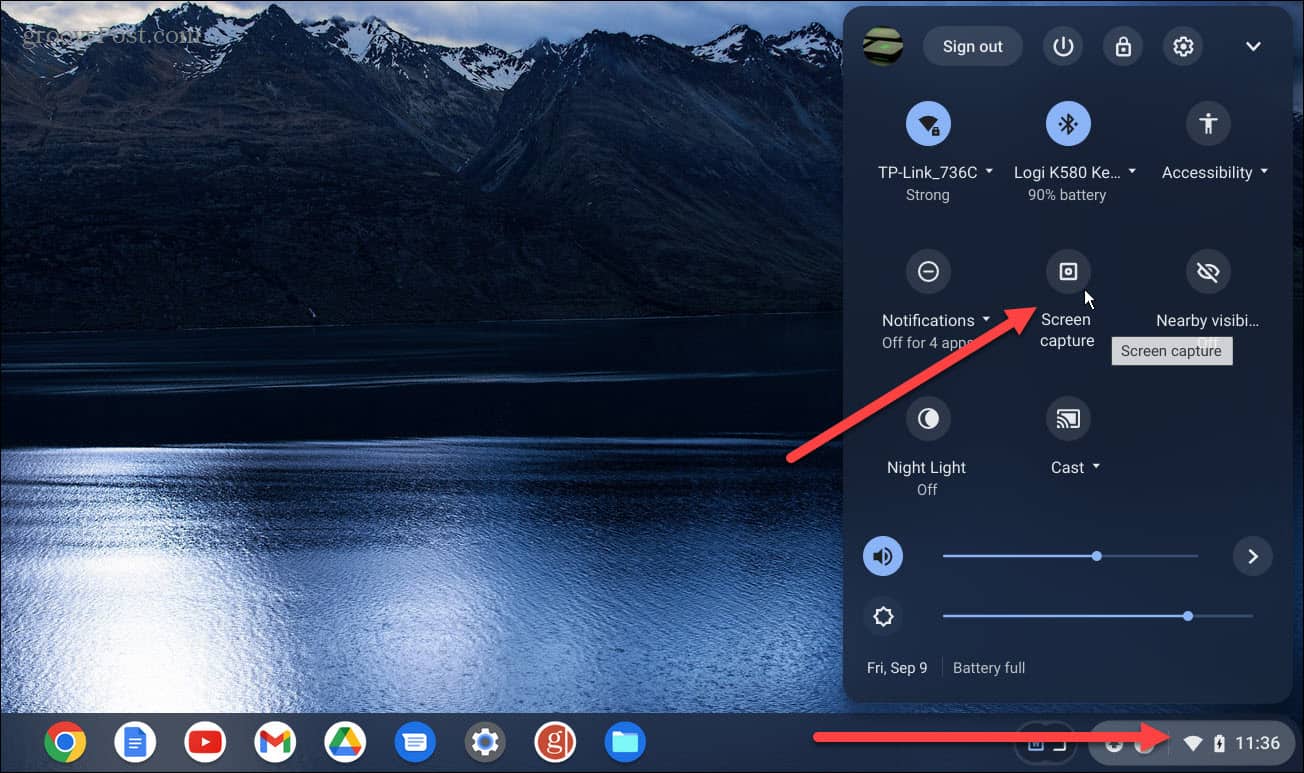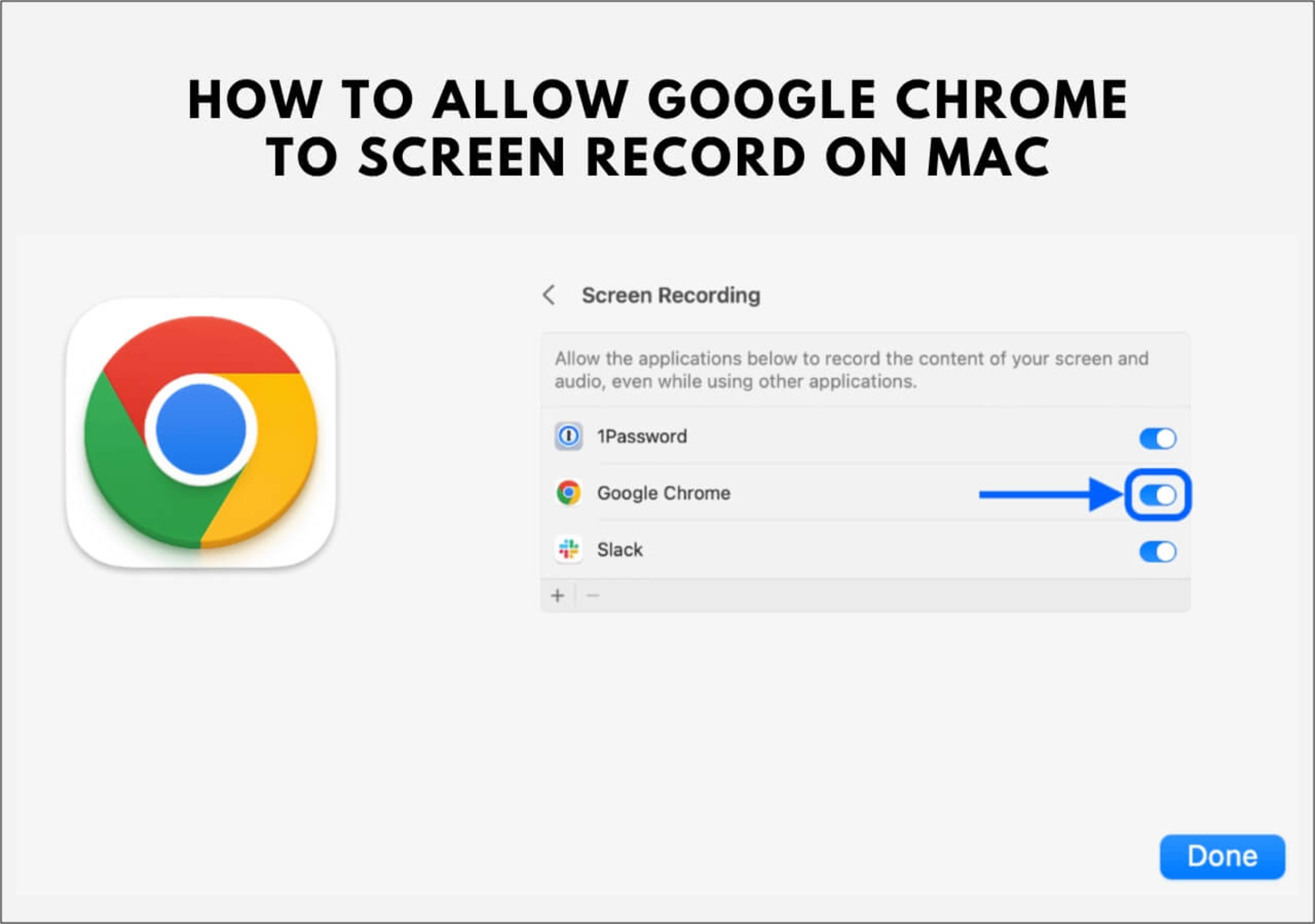Introduction
Screen sharing has become an indispensable tool for collaboration, troubleshooting, and remote assistance. Whether you need to present a project to a team, provide technical support to a friend, or receive guidance from a mentor, the ability to share your screen in real time can greatly enhance communication and productivity.
In this article, we will explore how to enable screen sharing on Chrome, one of the most widely used web browsers. By leveraging the Chrome Remote Desktop extension, you can effortlessly share your screen with others or gain access to a remote desktop from anywhere with an internet connection.
With the increasing prevalence of remote work and virtual collaboration, the demand for seamless screen sharing solutions has surged. Chrome's screen sharing capabilities offer a user-friendly and efficient way to bridge the gap between individuals separated by physical distance, enabling them to work together as if they were in the same room.
Whether you're a professional seeking to streamline virtual meetings, a student in need of remote assistance, or an individual looking to facilitate seamless communication with friends and family, the ability to enable screen sharing on Chrome can significantly enhance your digital interactions.
In the following sections, we will delve into the step-by-step process of installing the Chrome Remote Desktop extension, setting up remote access, and initiating a screen sharing session. By following these instructions, you will be equipped with the knowledge to harness the power of screen sharing within the Chrome browser, empowering you to collaborate, troubleshoot, and connect with others in a more immersive and effective manner.
Step 1: Install Chrome Remote Desktop Extension
To begin the process of enabling screen sharing on Chrome, the first step is to install the Chrome Remote Desktop extension. This extension serves as the gateway to seamless screen sharing and remote access capabilities within the Chrome browser.
-
Open Chrome Web Store: Launch the Chrome browser on your computer and navigate to the Chrome Web Store. This can be done by entering "chrome://extensions/" in the address bar or by clicking on the three-dot menu icon in the top-right corner of the browser window and selecting "More tools" followed by "Extensions."
-
Search for Chrome Remote Desktop: Once you are in the Chrome Web Store, use the search bar to look for the "Chrome Remote Desktop" extension. You can simply type "Chrome Remote Desktop" in the search field and press Enter to initiate the search.
-
Add to Chrome: When the Chrome Remote Desktop extension appears in the search results, click on it to access the extension's details. Next, click on the "Add to Chrome" button to begin the installation process.
-
Confirm Installation: A confirmation dialog may appear, asking you to confirm the installation of the Chrome Remote Desktop extension. Click on "Add Extension" to proceed with the installation.
-
Wait for Installation: The Chrome Remote Desktop extension will be downloaded and installed on your Chrome browser. You may notice a small pop-up in the top-right corner of the browser window indicating the progress of the installation.
-
Access the Extension: Once the installation is complete, the Chrome Remote Desktop extension will be added to your browser. You can verify this by clicking on the puzzle piece icon in the top-right corner of the browser window to view all installed extensions. The Chrome Remote Desktop icon should be visible among the installed extensions.
By following these steps, you have successfully installed the Chrome Remote Desktop extension, laying the foundation for seamless screen sharing and remote access capabilities within the Chrome browser. With the extension in place, you are now ready to proceed to the next step of setting up remote access and initiating screen sharing sessions.
This marks the completion of the first crucial step in the process of enabling screen sharing on Chrome.
Step 2: Set Up Remote Access
Setting up remote access through the Chrome Remote Desktop extension is a pivotal step in enabling seamless screen sharing and remote assistance capabilities within the Chrome browser. By configuring remote access, you can establish a secure connection between your device and a remote computer, granting you the ability to view and control the remote desktop from anywhere with an internet connection.
To initiate the process of setting up remote access, follow the steps outlined below:
-
Launch Chrome Remote Desktop: After successfully installing the Chrome Remote Desktop extension, locate the extension icon among the installed extensions in the top-right corner of the Chrome browser window. Click on the Chrome Remote Desktop icon to open the extension.
-
Authorize the Extension: Upon opening the Chrome Remote Desktop extension, you may be prompted to authorize the extension to access your Google account. This step is essential for the extension to establish secure connections and facilitate remote access. Follow the on-screen prompts to authorize the extension and grant the necessary permissions.
-
Enable Remote Connections: Within the Chrome Remote Desktop extension, you will find the option to enable remote connections. Click on the "Enable remote connections" button to initiate the setup process. You may be required to set up a PIN for remote access to enhance security. Follow the prompts to create a secure PIN that will be used to authenticate remote connections.
-
Install Chrome Remote Desktop Host: In order to facilitate remote access to your computer, you will need to install the Chrome Remote Desktop Host software. This software serves as the bridge between your device and remote computers, enabling seamless remote access. Click on the "Install/Get Started" button to download and install the Chrome Remote Desktop Host.
-
Grant Permissions: During the installation of the Chrome Remote Desktop Host, you may be prompted to grant necessary permissions for the software to function effectively. Follow the on-screen instructions to grant the required permissions, allowing the Chrome Remote Desktop Host to establish secure connections and facilitate remote access.
-
Complete the Setup: Once the Chrome Remote Desktop Host is installed and permissions are granted, the setup process for remote access is nearly complete. You will be prompted to confirm the installation and finalize the setup. Follow the prompts to complete the setup process, ensuring that remote access is configured successfully.
By following these steps, you have effectively set up remote access through the Chrome Remote Desktop extension, paving the way for seamless screen sharing and remote assistance capabilities within the Chrome browser. With remote access configured, you are now equipped to initiate screen sharing sessions and gain secure access to remote desktops, empowering you to collaborate, troubleshoot, and connect with others in a more immersive and effective manner.
This marks the completion of the second crucial step in the process of enabling screen sharing on Chrome.
Step 3: Start a Screen Sharing Session
Initiating a screen sharing session through the Chrome Remote Desktop extension is a straightforward process that empowers you to seamlessly share your screen with others or gain access to a remote desktop from anywhere with an internet connection. By following the steps outlined below, you can effortlessly commence a screen sharing session within the Chrome browser.
-
Access Chrome Remote Desktop: After successfully setting up remote access and configuring the Chrome Remote Desktop extension, locate the extension icon among the installed extensions in the top-right corner of the Chrome browser window. Click on the Chrome Remote Desktop icon to open the extension.
-
Choose Remote Device or Share: Within the Chrome Remote Desktop extension, you will be presented with the option to either access a remote device or share your screen. If you intend to share your screen with others, click on the "Share" option to initiate a screen sharing session. Alternatively, if you need to access a remote device, select the desired remote device from the list provided within the extension.
-
Start Screen Sharing: Upon selecting the "Share" option, you will be prompted to confirm the initiation of the screen sharing session. Click on the "Share" button to commence the screen sharing session. Once the session is initiated, the Chrome Remote Desktop extension will generate a unique access code that can be shared with individuals whom you wish to grant access to your screen.
-
Share Access Code: After the access code is generated, you can share it with the intended participants via email, messaging platforms, or any other preferred communication channel. The access code serves as the key for individuals to join the screen sharing session and view your screen in real time.
-
End Screen Sharing Session: Once the screen sharing session has served its purpose and is no longer needed, you can easily end the session by clicking on the "Stop Sharing" button within the Chrome Remote Desktop extension. This action will promptly terminate the screen sharing session, ensuring that your screen is no longer accessible to the participants.
By following these steps, you can seamlessly start a screen sharing session within the Chrome browser, leveraging the capabilities of the Chrome Remote Desktop extension to facilitate real-time collaboration, remote assistance, and seamless communication. Whether you need to present a project, provide technical support, or receive guidance, the ability to initiate screen sharing sessions empowers you to bridge the gap between individuals and enhance digital interactions.
This marks the completion of the process of starting a screen sharing session through the Chrome Remote Desktop extension, enabling you to harness the power of screen sharing within the Chrome browser.
Conclusion
In conclusion, the ability to enable screen sharing on Chrome through the Chrome Remote Desktop extension offers a myriad of benefits, ranging from facilitating seamless collaboration and troubleshooting to enhancing remote assistance and virtual communication. By following the step-by-step process outlined in this guide, you have gained the knowledge and proficiency to harness the power of screen sharing within the Chrome browser, empowering you to bridge the gap between individuals and enhance digital interactions.
With the Chrome Remote Desktop extension installed, remote access configured, and screen sharing sessions initiated, you are now equipped to seamlessly share your screen with others or gain secure access to remote desktops from anywhere with an internet connection. This capability holds immense value in various scenarios, including virtual meetings, technical support, educational assistance, and remote work collaboration.
The installation of the Chrome Remote Desktop extension serves as the foundation for unlocking the screen sharing and remote access capabilities within the Chrome browser. By seamlessly integrating the extension into your browsing experience, you have expanded the scope of your digital interactions, enabling more immersive and effective communication with others.
Furthermore, the process of setting up remote access through the Chrome Remote Desktop extension has empowered you to establish secure connections and gain remote access to desktops, thereby facilitating seamless collaboration and troubleshooting. The ability to configure remote access enhances your capability to bridge geographical barriers and connect with remote devices, fostering a more interconnected digital landscape.
Initiating screen sharing sessions through the Chrome Remote Desktop extension has equipped you with the means to present projects, provide technical support, receive guidance, and collaborate in real time. The seamless nature of screen sharing within the Chrome browser enables you to transcend physical limitations and engage in virtual interactions with unparalleled ease.
In essence, the journey of enabling screen sharing on Chrome has equipped you with a powerful tool for enhancing communication, collaboration, and remote assistance. By leveraging the capabilities of the Chrome Remote Desktop extension, you have unlocked a world of possibilities, enabling you to seamlessly share your screen, gain remote access, and connect with others in a more immersive and effective manner.
As the digital landscape continues to evolve, the ability to enable screen sharing on Chrome stands as a testament to the potential of technology to bridge gaps, foster connections, and enhance digital interactions. By embracing the capabilities of screen sharing within the Chrome browser, you are poised to navigate the virtual realm with confidence, leveraging technology to facilitate seamless communication and collaboration.
In conclusion, the journey of enabling screen sharing on Chrome through the Chrome Remote Desktop extension has equipped you with a valuable asset for navigating the digital landscape, fostering connections, and enhancing virtual interactions.







